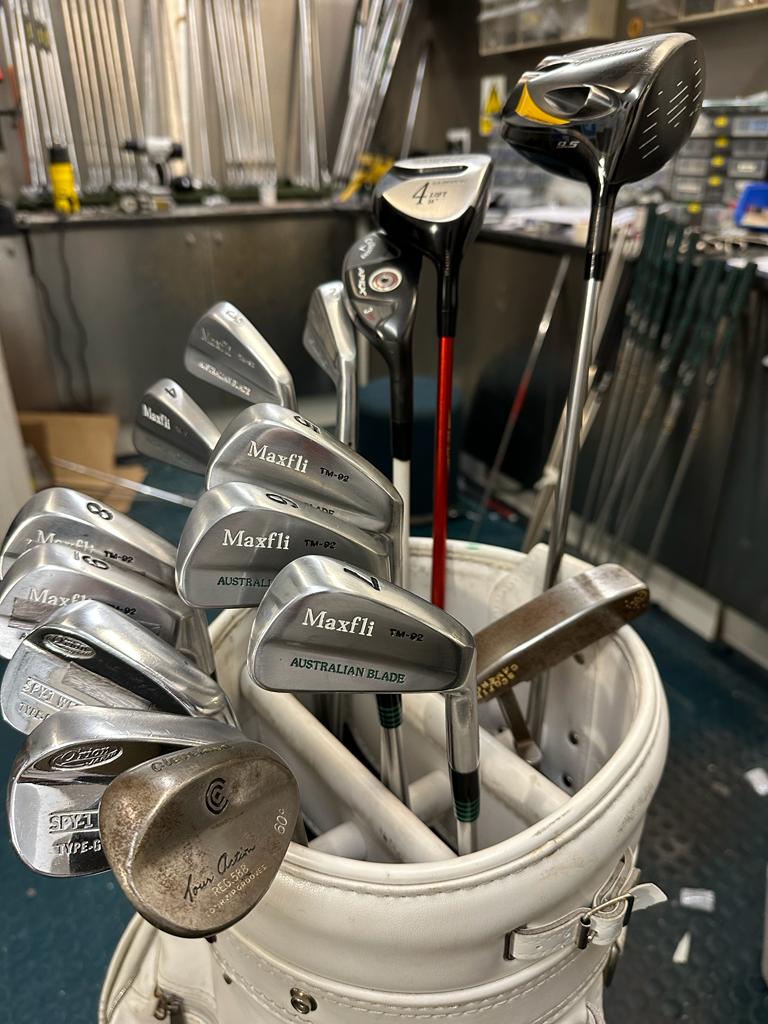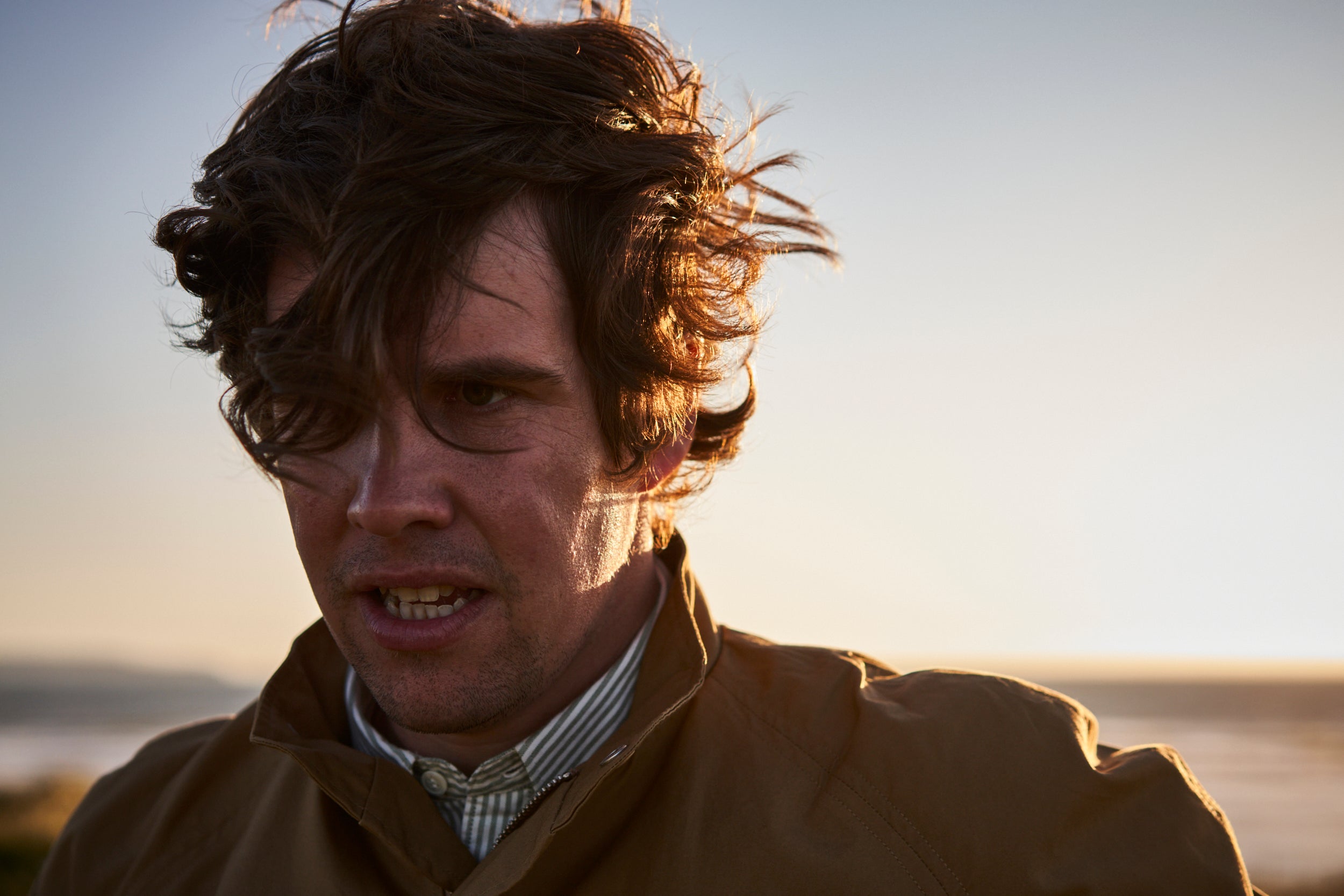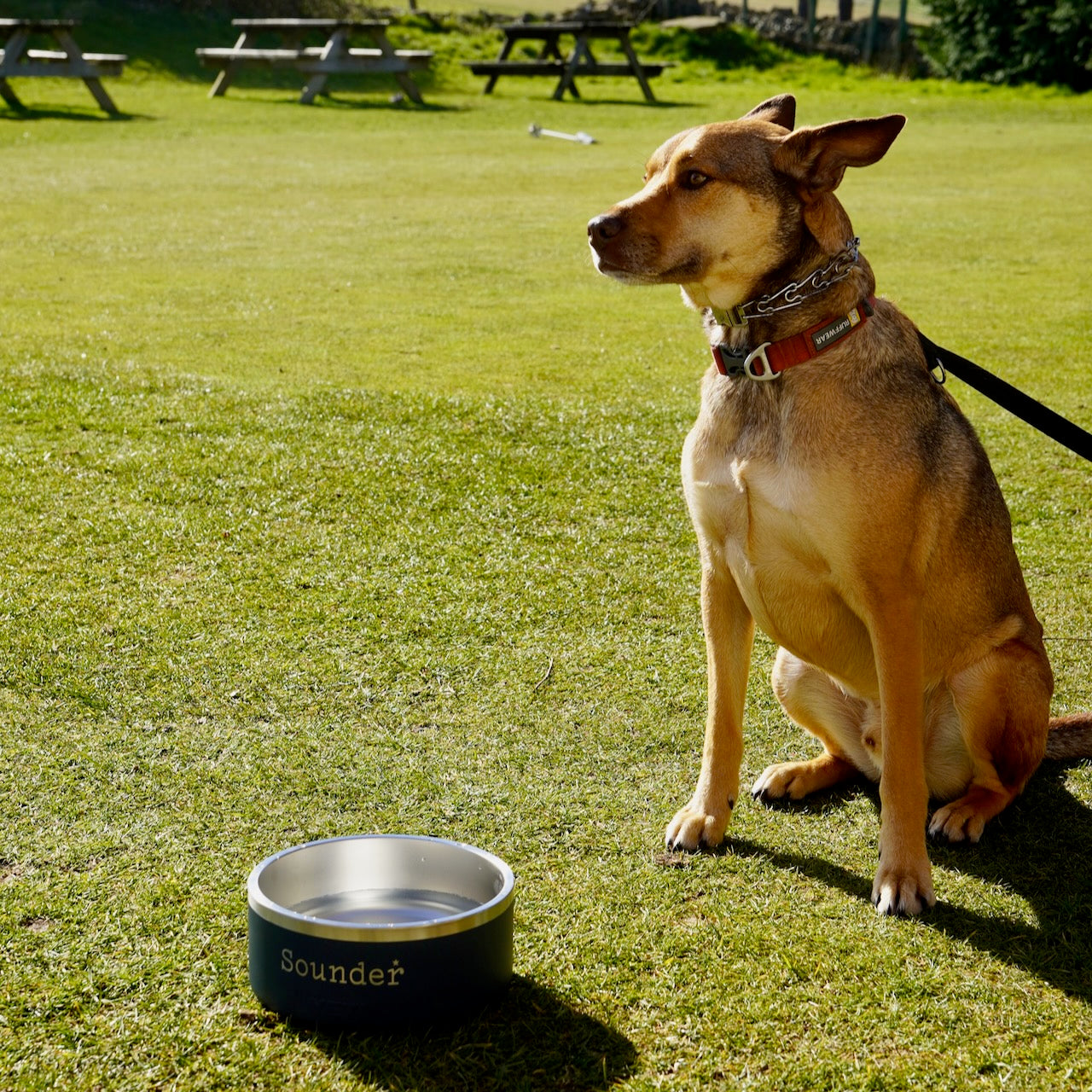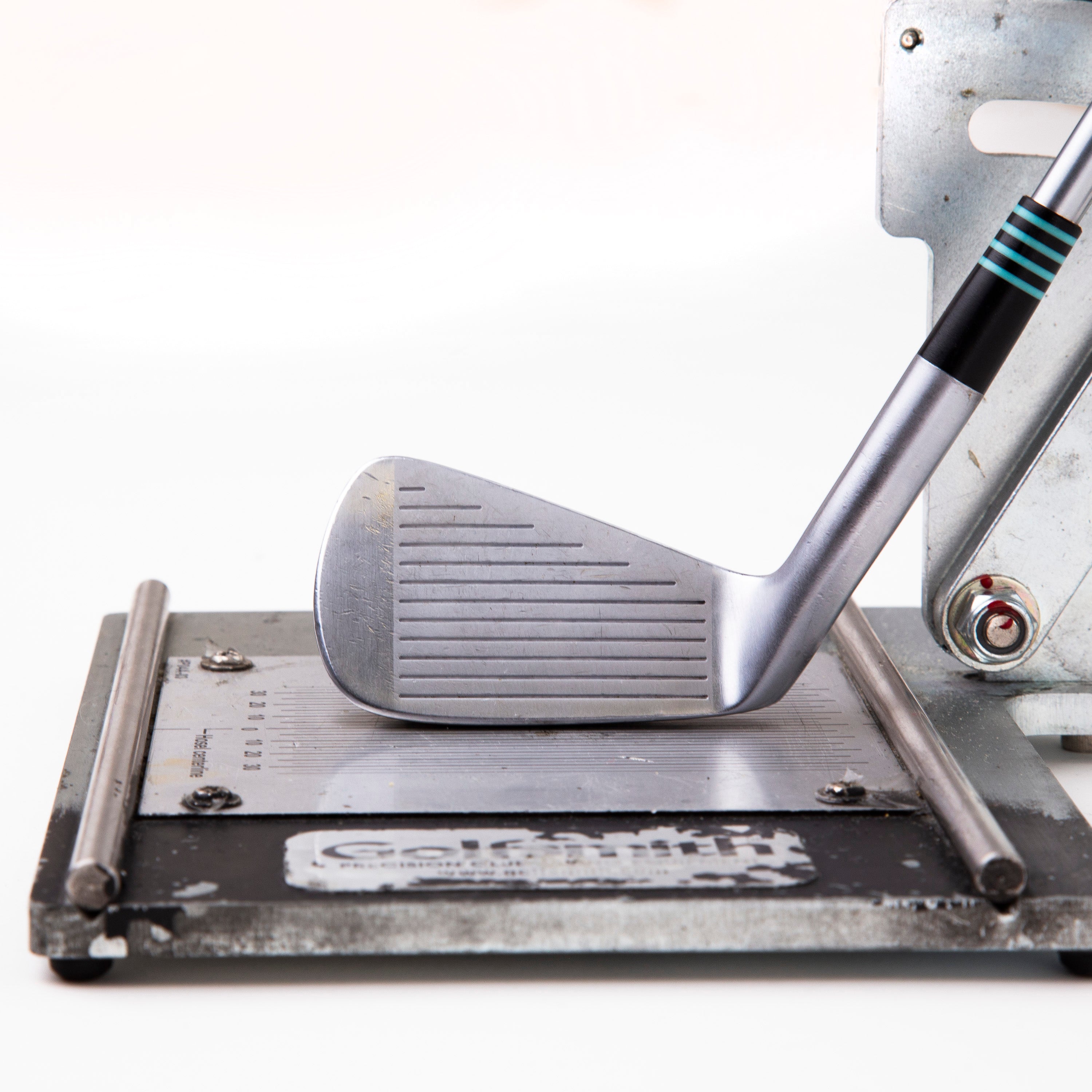I'm very excited to be writing this. Ever since Cathal and I first started talking about the business that became Sounder, I've wanted us to launch our own golf clubs. One day I hope that will involve us designing and manufacturing clubs from scratch.
I'm confident that we'll get there one day. But in the meantime, I've been curating a very special selection of clubs to make up our first equipment collection.
All these clubs come from my personal collection, and all have been personally refurbished, customised and rebuilt by me. I hope you'll get as much pleasure from browsing them as I have had building them. And for the lucky people who end up owning them, I hope you'll enjoy playing with them as well as looking at them.
To kick things off, I wanted to talk to about irons. Up until the the year 2000, most of the major manufacturers made good forged irons. Forging in the United States started to die in 2003, when Titleist finally decided to move their forging to China, resulting in the closure of the Hoffman Forge. some of you may remember Tiger's early Titleist irons, and iconic models like the 681 and 691 - the last of the mass market US forgings.
There is a still a healthy head-forging scene in Japan, largely thanks to a discerning customer who demands quality that you simply won't find in cheap Chinese forgings. But even in the Land of the Rising Sun, there are few foundries who can produce a raw forged head ready for hand shaping. Most of the remaining club finishers work from a raw Kyeoi head, while Miura make their own blanks - a job which requires extensive tooling and the massive press you can see in this film:
It's fascinating to see how the style of shaping has evolved in different parts of the world. Japanese forgings are beautiful, and I've never see anything from the US that comes close when it comes to consistency and transition through an iron set.
The great hand shapers in the US were, generally speaking, a lot more connected to the players - people like Roger Cleveland, Phil Rogers and Clay Long, who could communicate with players and then convert their feedback into a sole grind and head shape.
Players like Bernhard Langer and Curtis Strange played blades which had a huge offset - a style of iron that we simply don't see in today's homogenised market. Players were extremely discerning about the type of head that they preferred, and as a result, they developed a very particular relationship with their club marker.
The culture in Japan seems to be different. Makers still have a deep knowledge of ball striking, but in a way that seems more separate from the player - perhaps the formality and respect of one another's expertise stifles the connection and collaboration? The player ends up with a beautiful club made by a true master of their craft, but the result is fewer variations in sole grind, shape or offset.
Japanese shapers tend to produce blades with a classic straight top line, a sharp top corner and rounded toe, with lowish bound and a sharp leading edge. I see more nuance from Miura in particular - perhaps as a result of the company's greater collaboration with the US market in recent years.
Many years ago, I set up a small venture importing Japanese golf clubs to the UK. I was lucky enough to make multiple trips to the country, visiting these great and dedicated craftsmen. I was astounded by the skill and dedication that allowed these people to produce perfect head shapes and weights at speed. I remember a conversation about why Japanese forgings seem to have more offset in the shorter irons - the opposite to what good players seem to want in the West. The answer was hard to decipher (we were talking through an interpreter), but it related to handspeed through impact and the centre of gravity of the head with more lofted clubs.
In my own experience, I find offset in the short irons disconcerting visually, but the results speak for themselves - when you look at old SW designs with large heads and lots of offset, you see clubs that were much easier to use than most modern wedges.
If you really want to explore the Japanese head styles, our friend David Greenshields does an amazing job digitising old Mizuno catalogues from the 1980s - you can find his website here.
I find it hard to choose a favourite from all this great gear. I have a serious soft spot for a straight-killed leading edge, with a classic Macgregor topline and rounded toe, with minimal offset. But in play, the Japanese style heads have really challenged my beliefs - the precision and beauty inspire an affection which I find hard to put into words.
You’ll be seeing both styles in our curated collection - so resist the temptation to chose just one, and indulge in the nuance. You might just find something out about yourself...
Read more

As the rain lashes down in London, James Day is gearing up for the first European golf trip of the winter - a classic weekend on the Algarve. Here's what he's packing...

Winter rules, temporary greens and thinned iron shots that travel up your arms like an electric shock... Richard Pennell salutes the resilience of the winter golfer.




